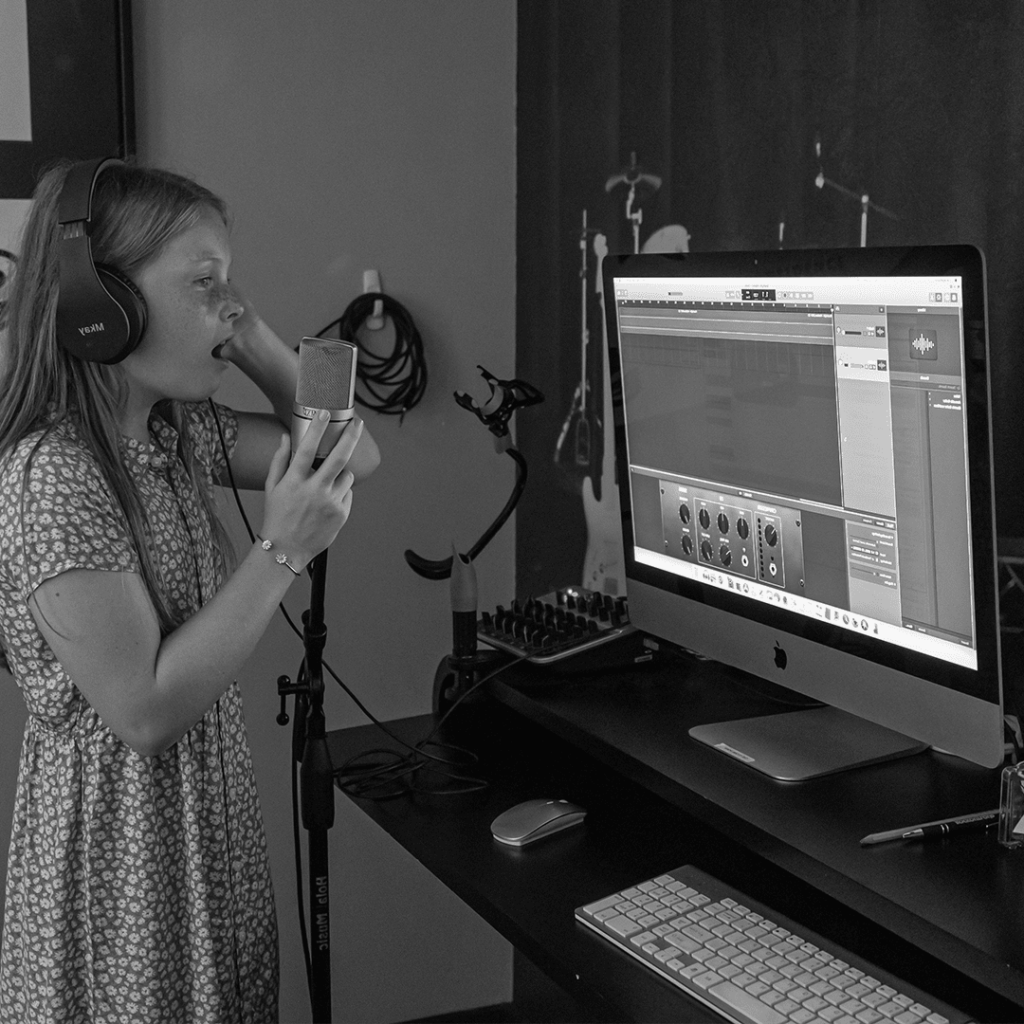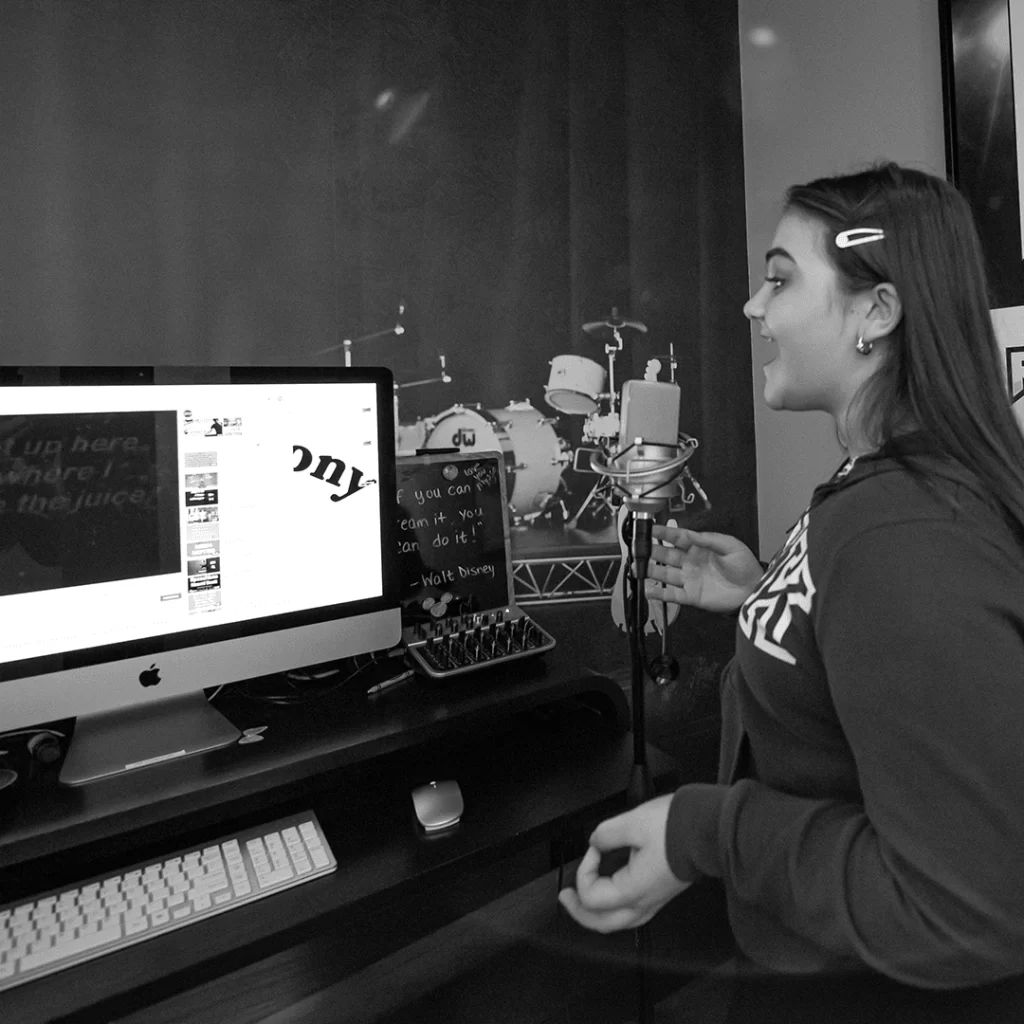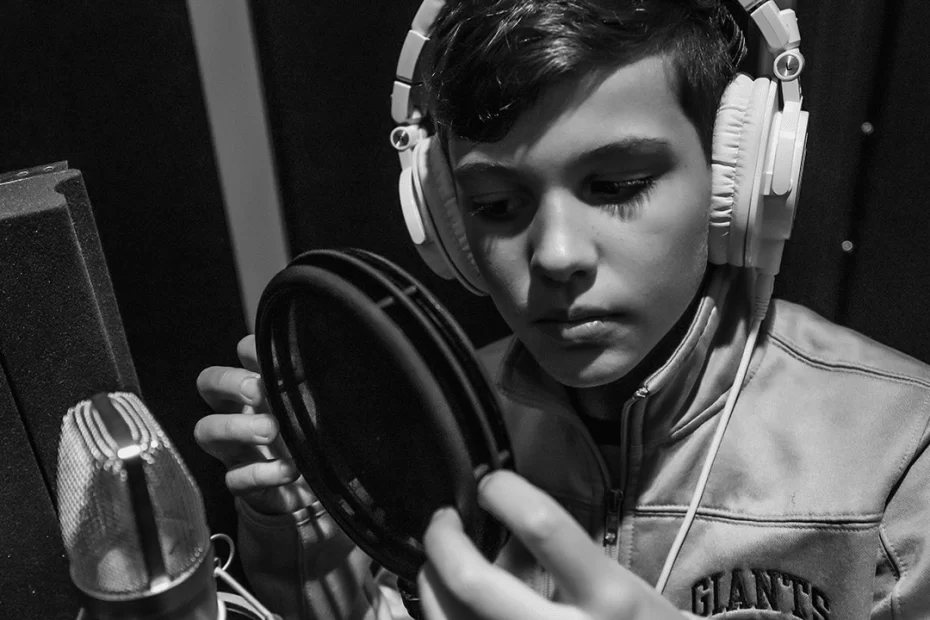There’s more to singing than hitting the right notes at the right tempo. Beautiful vocal melodies, powerful rock verses, and bellowing metal voices have one thing in common – a proper breathing technique.
While anyone has a fair shot at becoming a good vocalist by practicing to sing as often as possible, professional vocal coaching may help you progress faster and achieve consistent results.
The Music Box is Tampa, Florida’s premier vocal school. We teach a broad range of singing techniques and exercises that all vocalists should perform to maintain a healthy voice and up their performance.
Beginners who enroll in The Music Box will enter a positive, fun learning environment, and today we’re here to tell you all about it. Let’s start with the breathing lessons first.
Why Is Breathing So Important for Singers?
There are dozens of reasons why it’s impossible to be a good, let alone a professional singer before mastering the fundamental breathing exercises. The most obvious reason is that you simply can’t sing when you run out of breath.
There are different methods to improve breathing stamina, as well as different ways to channel it. Singers need to be able to adapt to different situations by catching quick breaths, drawing large breaths, and breathing from their diaphragm.
In the following sections, The Music Box vocal experts will share some of the main breathing exercises that we cover in our classes in deeper detail, so let’s begin.
Diaphragm Breathing
Diaphragm breathing is the most important breathing technique for all singers. Regardless of whether you just started or if you sang at local venues for years, all vocalists eventually realize that by mastering diaphragm breathing skills, their performance skyrockets.
This technique features two major parts. First, it allows the singer to “pool” a large quantity of air – this way, you have access to more air, meaning that you’ll be able to sing longer without falling short of breath.
Secondly, diaphragm breathing enables you to manage your “breaths” more efficiently. By softening your belly muscles and attaining the right position, you can draw larger breaths; afterward, quenching your diaphragm allows you to squeeze tiny portions of air from your lungs, preserving your stamina. If you want to learn more about diaphragm breathing, swing by our Facebook page and check out some of our students doing it.

Quick Breathing
Beginner singers usually need weeks or months of practice before they can perform diaphragm breathing techniques without even thinking about them. The alternatives to this method are quick breathing and deep breathing skills, so let’s focus on the first for now.
Untrained singers shouldn’t practice quick breathing without proper guidance. Rapidly inhaling a large quantity of air can hurt your lungs, especially if you don’t know how to do it the right way. We cover quick breathing exercises at The Music Box early on, but meanwhile, swing by our Instagram page to see how it’s done.
This skill is very important for singing fast-paced songs and tunes with intricate vocal melodies that span longer than 4/4s, but it can also be used as a last resort when you’re simply out of breath.
Firstly, you’ll need to gauge how much time you have to breathe between your singing parts. Secondly, the singer needs to be focused on “quietly” inhaling as much air as they can.
The more you practice, the more natural quick breathing will feel. It’s best to exercise this technique in parts of songs that you’re already familiar with so that you don’t have to divide your attention.
Deep Breathing
The opposite of quick breathing, deep breathing is a skill that focuses on pooling as much air as you can before you even start to sing. This technique is often deployed before the song starts and between parts where there are no vocal lines.
Unlike quick breathing, we recommend our students take their time and breathe in as slowly as possible so that their lungs can properly fill up. When combined with diaphragm breathing, deep breathing skills will allow you to sing multiple parts with a single breath.
This is all conditioned by the singer’s breathing capacity. Some of the first lessons you’ll learn at The Music Box will teach you how to improve your lung capacity, such as for example breathing through one nostril, then the other, then both simultaneously.
Another good exercise is laying comfortably in your bed with a stack of books on your belly; take deep breaths for at least 4 seconds, hold for about 8, then exhale as slowly as possible.
Over the course of your lessons, you should enter a state where deep breathing becomes second nature to you. Furthermore, you’ll learn when to draw quick breaths and when to inhale deeply. Check out our TikTok page if you want to see how far some of our singers have come after just a few weeks of learning at The Music Box.

Breathing Stamina Exercises & Conditioning
Besides coaching the basic breathing skills and techniques, The Music Box vocal coaches will also help you work on your breathing stamina. Your lung capacity is just one part of it; singers should be able to endure the physical stress of alternating between deep, quick, and diaphragm breathing, and that’s where these breathing stamina exercises come into play.
Jogging, running, and even power walking are some of the activities that most singers exercise. Swimming, Crossfit, and pretty much any type of sport can greatly help as well.
It’s up to you to determine which extracurricular activities you’ll pick up, but even if you decide to stick with singing only, we’ll help you reach your goals and become a competent, confident singer in no time.
Ready to Up Your Singing Game? Welcome to The Music Box
Many believe that only the most talented people have a shot at becoming good singers. We’re here to show you that anyone can be an exceptional vocalist with the right mindset, education, and training.
Our HQ is located at 4321 Gunn Highway, Carrollwood, FL, so whenever you feel ready to join The Music Box, just swing by, and we’ll give you a tour. You can also enroll online by following this link.



